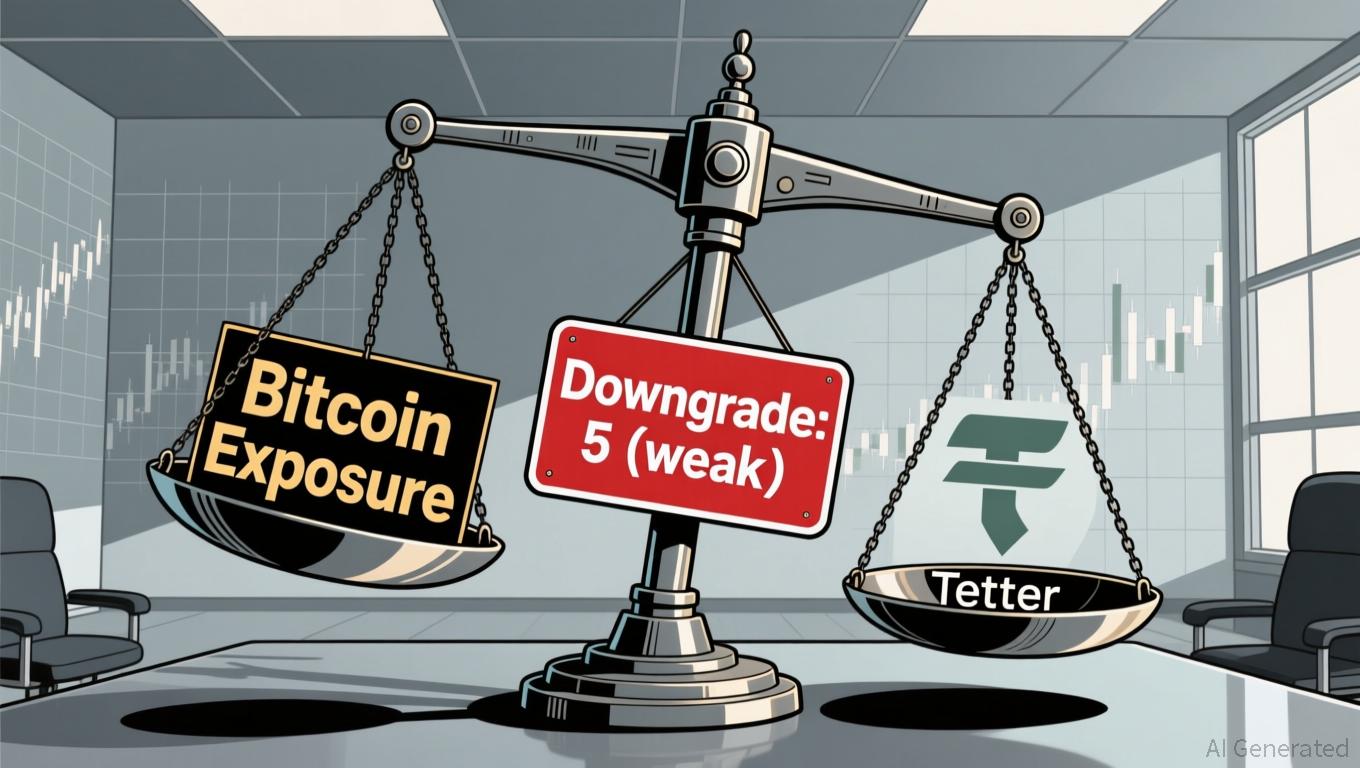Hourglass Closes Vault Deposits at $1.8 Billion
- Over 25,000 wallets contributed to the $1.8 billion total.
- Hourglass utilized strict KYC protocols.
- Significant interest reflects high user demand globally.
Hourglass’s Stable Vault Phase Two deposits closed with $1.8 billion accumulated across over 25,000 wallets, strictly adhering to KYC protocols. High traffic necessitated changes to ensure fair participation, affecting inflows of stablecoins like USDT and USDC.
Hourglass has concluded Phase Two of its Stable Vault deposits , accumulating approximately $1.8 billion from over 25,000 wallets. The deposits, requiring strict KYC compliance, saw high traction globally, as reported via Hourglass’s official channels.
Hourglass Stable Vault Phase Two
The Hourglass Stable Vault Phase Two successfully closed deposits with significant global demand, resulting in a total accumulation of $1.8 billion across more than 25,000 wallets. Hourglass managed the event, issuing updates via official X (Twitter) and website communications, with no statements from executive figures. Token contributions were capped, while strict Know Your Customer (KYC) protocols were enforced throughout.
Official Hourglass Update, Hourglass Protocol – “Once the new KYC links are online, users will have 72 hours to complete the process.”
All participants must meet KYC requirements within 72 hours post-deposit closure for fund accessibility.
The market sees increased liquidity flows in stablecoins USDT and USDC following the large-scale deposit event. This shift could potentially divert liquidity from other DeFi protocols, depending on users’ financial strategies. The event may temporarily alter respective Total Value Locked (TVL) metrics, reflecting the ongoing dynamics in decentralized finance.
Historical parallels, such as Lido and EigenLayer events, suggest this reallocation often coincides with TVL fluctuations and modest impacts on stablecoin valuations. However, broader crypto markets might register only minor ripples. Such large-scale KYC requirements underscore institutional alignments, promoting transparency and regulatory confidence in decentralized ecosystems. Regulatory responses remain speculative with no statements from authorities at this stage, highlighting the evolving nature of compliance in DeFi operations.
This event showcases a distinct institutional interest in stablecoin deposits, setting a precedent for potential financial shifts and technological advancements in DeFi protocols. The event’s success underscores a growing preference for secure stablecoin integrations, marking a significant milestone in digital asset management.
Disclaimer: The content of this article solely reflects the author's opinion and does not represent the platform in any capacity. This article is not intended to serve as a reference for making investment decisions.
You may also like
South Korea's Cryptocurrency Reform: Will New Regulations Enhance Confidence While Preserving Innovation?
- South Korea's National Assembly plans to enforce strict VASP regulations requiring criminal record checks for all major shareholders, including foreign investors. - The law mandates re-evaluation of existing VASPs, creating compliance challenges for smaller firms with complex ownership structures. - By extending oversight to global criminal records, the reform sets a potential international precedent and could reshape cross-border crypto investments. - While critics warn of stifled innovation, proponents

Bitcoin News Update: Tether’s Risky Asset Holdings Challenge Stablecoin Reliability
- S&P Global downgrades Tether's USDT to "5 (weak)" due to high-risk reserves and transparency gaps. - Tether's 5.6% Bitcoin exposure exceeds S&P's 3.9% overcollateralization threshold, risking undercollateralization if prices fall. - Tether defends practices with quarterly audits and $10B 2025 profit, dismissing the downgrade as outdated. - Recent crypto market turmoil and past stablecoin collapses highlight risks in opaque reserve management. - Tether's resilience amid crises contrasts with S&P's warning

Elon Musk's SpaceX moves 1,163 Bitcoin worth $105M

Trending news
MoreBitget Daily Digest (Nov 27) | Initial jobless claims for the week ending November 22 came in at 216,000; Nasdaq ISE proposes raising the IBIT option position limit to 1 million contracts; S&P Global downgrades USDT stability rating to the lowest tier, warning of Bitcoin exposure risks
South Korea's Cryptocurrency Reform: Will New Regulations Enhance Confidence While Preserving Innovation?